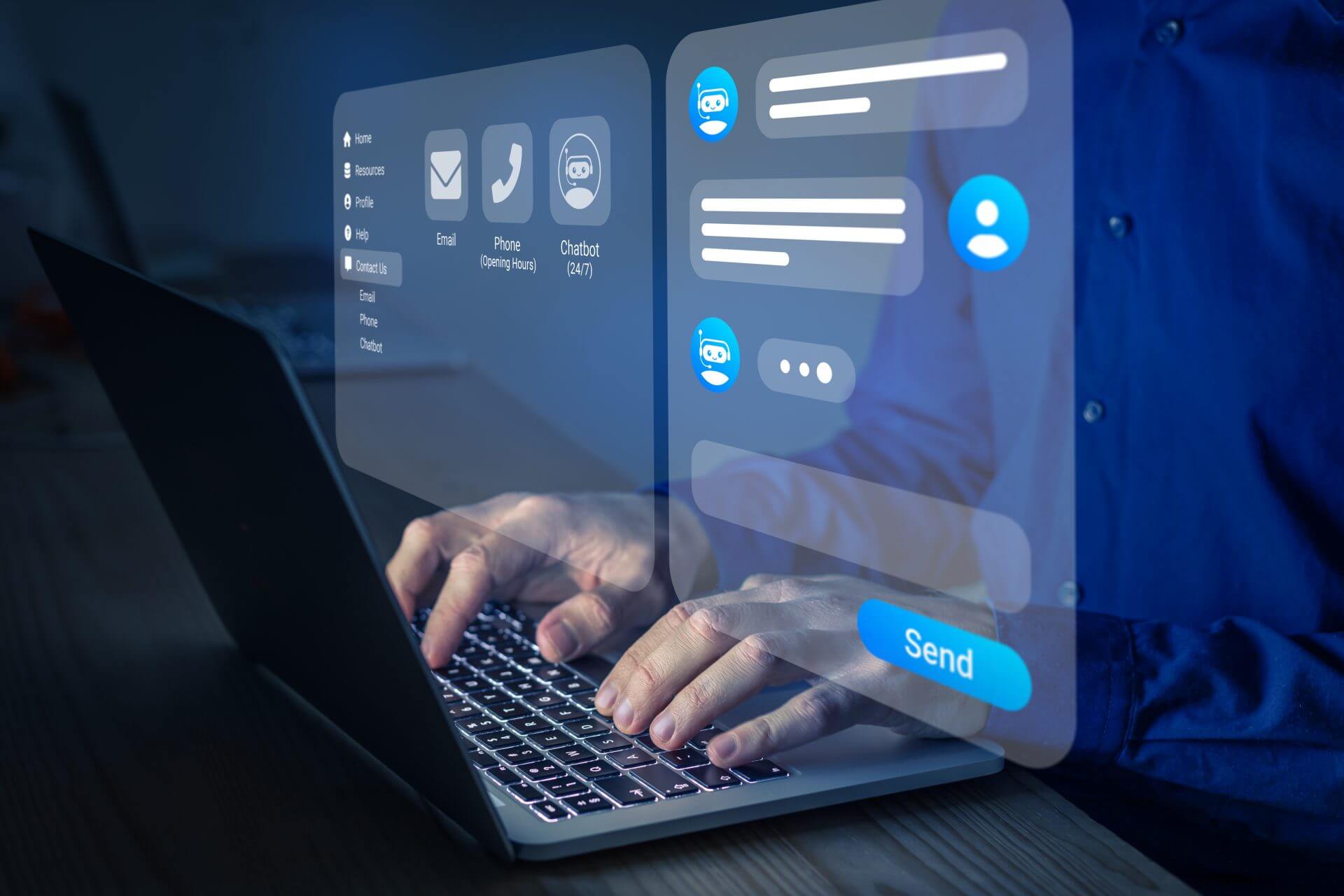
Over the past six months, we’ve been on a mission: bring the power of AI into customer support while keeping the experience personal. The goal? Scale our support operations to meet growing demand without compromising on quality.
After a half-year of real-world testing and iteration, we’re reflecting on what we’ve learned as TeamSupport’s support team using TeamSupport’s AI features.
Why AI? Why Now?
Customer expectations have shifted. People want answers fast—ideally 24/7—but not at the cost of human connection or expertise. At the same time, we were seeing ticket volumes rise and their agents stretched thin.
Nichole Herran, Director of Support here at TeamSupport, decided to bring AI into the mix for common issues like login help, password resets, and basic product questions. Nicole and her team were skeptical about how customers would react.
A Smarter Rollout Strategy
From the beginning, we aimed for thoughtful AI—not bots that annoy, but bots that help. Our initial chat experience began with a simple but powerful question: “Do you have a question or a problem?”
This allowed our AI agent to triage requests effectively—routing common questions to help articles or troubleshooting guides and handing more complex problems to human agents.
How We Rolled Out AI
Over six months, our AI agents evolved quickly:
Months 1–2: AI handled simple tasks and gathered feedback.
Months 3–4: We added keyword-based and clickable transfer options to ensure seamless human handoff. We also scaled our infrastructure and plugged knowledge base gaps.
Months 5–6: The agent became more specialized—different bots for sales and support, and even one that could triage and route emailed tickets automatically.
So… Did It Work?
We’re still learning, but we’re committed to this hybrid AI and human support approach. Some initial wins:
- Resolution Time: Cut from 45 minutes to under 2 minutes for AI-handled chats.
- AI-Only Resolution Rate: Currently at 22% of chats and tickets—with more growth anticipated.
- Cost Efficiency: 34% drop in cost-per-ticket where AI was involved.
Most importantly, customer satisfaction held steady. AI-only resolutions scored 3.6/5, hybrid (AI + human) 3.9/5, and human-only interactions 4.2/5. We’re continuing to optimize to get AI interactions to parity with human-only interactions.
Key Takeaways
- Seamless Escalation Is Essential
The biggest early pain point was getting customers to the right person when needed. Banner links and keywords like “human” helped fix that. - AI Needs Training—Constantly
The AI improved dramatically once the team started auditing conversations and refining prompts more aggressively. - A Strong Knowledge Base Is the Backbone
AI success was closely tied to the depth and accuracy of support documentation. - One Size Doesn’t Fit All
Enterprise clients and SMBs have different needs. Tailoring the AI for each group increased both satisfaction and adoption.
What’s Next?
TeamSupport isn’t stopping here. We’re working on:
- AI confidence scoring for better transparency
- Industry-specific AI knowledge packs
- Even smarter self-service options
- Aiming to resolve 35% of tickets with AI alone within the next six months
Final Thoughts
TeamSupport’s AI journey proves that automation doesn’t have to mean sacrificing service. With a hybrid model that puts intent and escalation first, they’ve shown how AI and human agents can team up to deliver faster, smarter, and more scalable support.
Consider how AI agents can free up your support team and elevate your customer experience. See our AI features embedded in our Support and Chat products today.


